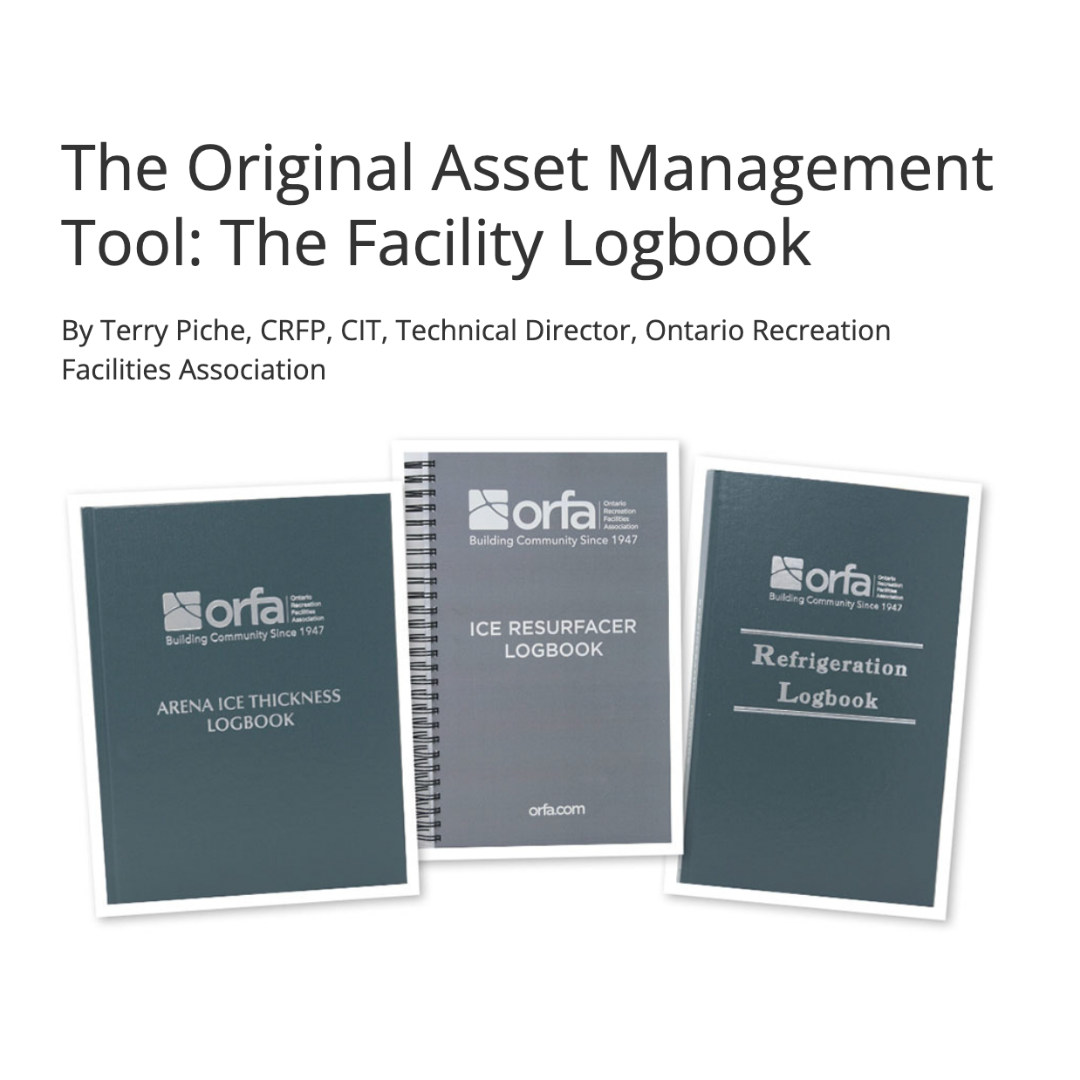The logbook was often first introduced to facility operators in Star Trek, as Captain James T. Kirk would make regular logbook entries; however, its origin is traced back to mariners who used them to record data on weather conditions, distance travelled, speed and notes relating to the navigation charts.
Basically, the information they needed to make sure they made it back safely to their home port. In addition, information relating to the vessel’s condition and how it performed under different conditions as well as improvements or repairs were all collected to assist in maintaining the craft. The collected entries gave the next boat captain an understanding as to what they might expect or what needed to be invested in prior to their setting sail. The original intent of the logbook remains as the same reasons as to why they should be maintained today.
Today’s facility manager has many tools to use to perform these same tasks. Logbooks, journals, or asset management plans are all the same tools but at times with different purpose. Some are legally required while others are tracking operational or maintenance activities to improve the management of the device, equipment, or structure that gives whoever is on the flight deck a clear understanding of the current operational condition of the infrastructure they are responsible for. For all the benefits these tools may present what can’t be lost is that it is expensive, time consuming, and if not properly focused a poor investment.
Facility management must first determine why they are using a logbook. Most often it is because of a regulated requirement and a fear of punishment for non-compliance. The value of the logbook by facility management will be based on the time spent training those who will use the tool on why the information is being collected and what in fact the worker is monitoring. A new facility manager who assumes responsibility for an established operation and understands the value of this information will be able to assess the condition of much of the assets they are now responsible for. The level of investment in maintenance and capital improvement will either show a consistency in logbook entries that has little change or a history of staff or service contractor call outs, alarm entries or lost time due to equipment malfunction. Most facility managers would fail to grasp that the quality of the information collected on their watch to guide the next person in charge is in fact their legacy of understanding and commitment of their responsibilities.
Operational logbooks collect and house information that assists the different staff who assume care and control of equipment on a rotational basis. An operator can review past entries to determine any recorded fluctuation in fluid levels, temperatures, pressures, or changes in sounds. These are indicators of possible malfunction that will prompt additional inspection by the staff member, contact with a supervisor or a service contractor. The service contractor will often be able to quickly troubleshoot necessary repairs to the equipment based on the quality and accuracy of the logbook entries. Recorded changes in plant performance as well as data such as hours of running time will provide those responsible for forecasting equipment failure or replacement with the necessary information to properly plan for these upgrades.
Governing authorities who have responsibility to ensure compliance to regulated responsibilities that include maintaining operational logbooks will often merely confirm that the responsibility is being met as part of a routine inspection. A forensic review of these documents is usually only undertaken during a significant event investigation. Facility management need to set the level of use based on the potential for one of these reviews to occur but with no expectation it will be ever tested.
The number of required logbook entries may be set out in regulation. In some cases, the regulation will clearly indicate what data must be collected and recorded. Facility management may increase the number of inspections and logbook entries based on equipment performance. Devices that are poorly operating may require more inspections. It is essential that facility management stress to all who are given permission to make logbook entries that these tools are legal documents that must be used accordingly. Incomplete, inaccurate, falsified, or ineligible entries will not assist in operating or managing the equipment and are worthless as a legal defence. Simple things as inconsistency in date of entry format can disqualify the information in the eyes of the courts. Often, logbook entries are repetitive without change making operators complacent in their duties. This is a facility manger’s responsibility through logbook review to detect a lack of commitment and reinforce the obligation to remain diligent in their efforts.
Technology is helping to close this equipment management gap as new equipment is being equipped with sensing devices, and through the use of telematics, the resulting data can be gathered and transmitted to a central repository for computational purposes. This advancement allows for the sharing of information in real time to operators, management, and service contractors. Software can use metrics, such as equipment hours, fault codes and temperatures, to predict potential failures for preventive maintenance purposes, or detect patterns that could shorten the lifespan of the equipment. Today’s facility manager can now manage maintenance to reduce downtime with better predictability of failure or lifecycle calculations. The benefits that equipment management technology can provide includes optimal equipment operation and total visibility of all costs and risks. However, this can only truly be accomplished through a manager’s commitment in ensuring data integrity is maintained.
Data collection requires set objectives by facility management. Designing policy and procedures that will guide the processes is critical. To be successful, facility management should
- Identify in policy who is permitted to make any logbook entry and what training must occur prior to an entry being made. This may include service contractors, guests, or governing inspectors.
- State how many inspections, what information "must" or "should" be recorded based on regulated requirements and industry best practice.
- Select logbooks that meet regulated expectation in design should be tamperproof with pages that are numbered and large enough to accommodate all the required entries.
- Clarify actions to be taken when changes in operations could lead to unsafe conditions.
- Determine how long logbooks shall be retained and how and where they will be stored.
The future will only demand and expect more information collection as part of facility operations. The challenge facing facility mangers will be figuring out how to use all the available data collection tools and effectively use the collected information. Systems that process the data on the back end and present it in an actionable form (such as dashboards showing real-time information and email or text notifications of pending problems) will make it simpler for facility staff to use the data to make efficient operational decisions. Facility management has always been about asset management but has never been more identifiable as a responsibility.
Article Here: https://www.facilityforum-digital.com/orfq/0222_summer_2022/MobilePagedArticle.action?articleId=1801171#articleId1801171



